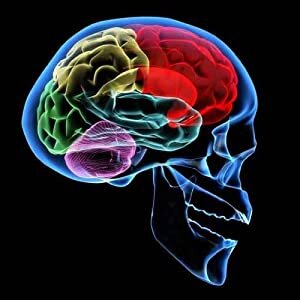File compression allows computers to display and share images that would otherwise take up too much space in computer memory and take too long to transmit across networks. Familiar file extensions like ".jpg" or ".png" signify that millions of pixel values have been compressed into a more efficient format, reducing file size by a factor of 10 or more with little or no apparent change in image quality.
The human brain compresses visual information in a similar way. The images captured by light-sensitive cells in the retina of the eyes are on the order of a megapixel. The brain does not have the transmission or memory capacity to deal with a lifetime of megapixel images. Instead, the brain selects only the most vital information for understanding the visual world.
Johns Hopkins University neuroscientists are exploring how the brain compresses visual information down to the essentials. They have discovered that cells in a mid-level stage in the primate brain's object vision pathway are highly selective for image regions containing acute curvature. Experiments have shown that these cells are very responsive to sharply curved or angled edges, and much less responsive to flat edges or shallow curves.
Because, as the group's analyses showed, high-curvature regions are relatively rare in natural objects, compared to flat and shallow curvature. Responding to rare features rather than common features is automatically economical.
Despite the fact that they are relatively rare, high-curvature regions are very useful for distinguishing and recognizing objects. "Psychological experiments have shown that subjects can still recognize line drawings of objects when flat edges are erased. But erasing angles and other regions of high curvature makes recognition difficult," said neuroscientist Ed Connor, director of the Zanvyl Krieger Mind/Brain Institute.
Such brain mechanisms help explain why we are all visual geniuses. Computers can beat humans at math and chess, but they can't match a human’s ability to distinguish, recognize, understand, remember, and manipulate the objects that make up its world.
This core human ability depends in part on condensing visual information to a tractable level. For now, at least, the .brain format seems to be the best compression algorithm around.
Sources: John Hopkins University, Ed Connor and Kechen Zhang
